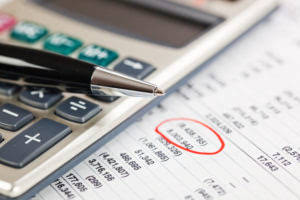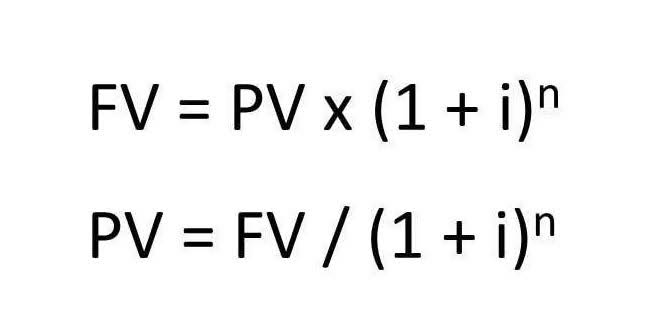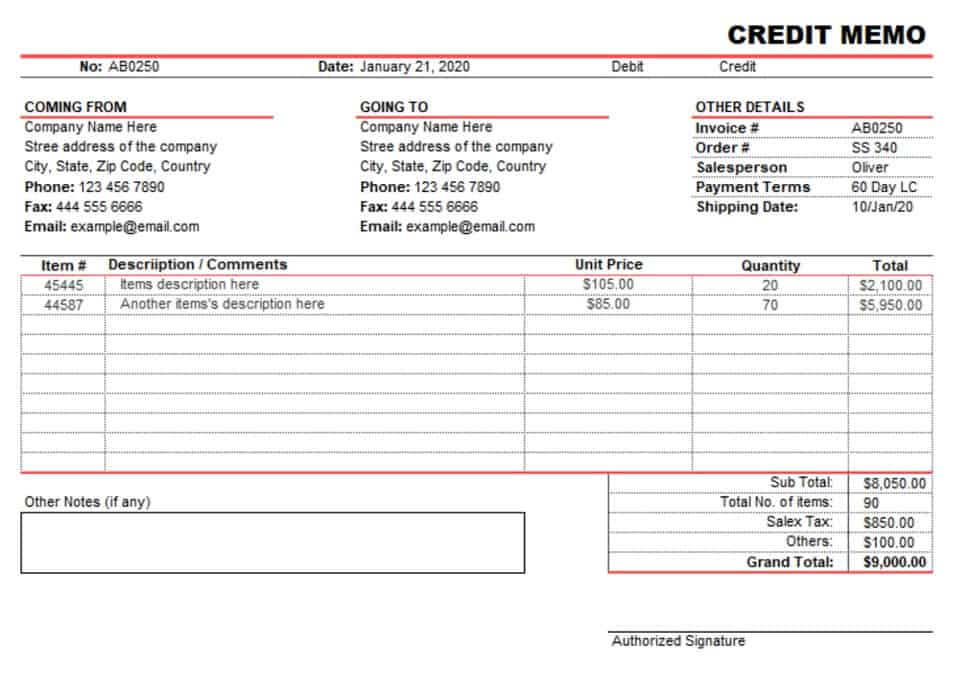
Direct Labor refers to the wages paid to production workers who are directly involved in making the product, such as assembly line workers, woodworkers, tailors, etc. Put simply, understanding the costs of developing a product, feature, or update helps you make more informed decisions throughout the product lifecycle. This method ensures the calculation aligns with management accounting standards and provides a clear view of the organization’s operating expenses. Period costs are not incurred during the manufacturing process and cannot be assigned to cost goods manufactured. Also, fixed and variable costs may be calculated differently at different phases in a business’s life cycle or accounting year.
- Whether figuring out total period costs or analyzing financial data, Sourcetable simplifies the calculation process.
- Period costs are only reported on the income statement for the period in which they are used up or incurred.
- Product and period costs take part in the financial story, influencing the bottom line and revealing the business’s financial health.
- The American Institute for Healthcare Management explains that product costs include any expenses required to deliver your products or services to the final customer.
- Depreciation represents the loss in value of fixed assets like machinery and equipment as they wear down over time.
Cost of product vs period cost: reflecting costs in financial statements
- Remenber, they include things like rent, salaries, and advertising costs?
- Misclassification or inaccurate calculation can lead to misstated net income, affecting business decisions and financial health evaluation.
- The firm will not incur enabling costs if operations shut down but will incur them if operations occur.
- Sometimes they’re right, but when they’re wrong, the consequences could be disastrous.
- Period costs are the expenses that a company incurs during a specific accounting period but aren’t directly related to the product’s development.
- If you’re planning to develop new products, for example, you can expect to see an increase in both product and period costs.
- According to FreshBooks, the rent paid for the factory building is part of manufacturing overhead and should be recorded as a product expense.
Utilize Sourcetable’s advanced AI to quickly and accurately calculate complex equations. Whether figuring out total period costs or analyzing financial data, Sourcetable simplifies the calculation process. If you manufacture a product, these costs would include direct materials and labor along with manufacturing overhead. Most of the components of a manufactured item will be raw materials that, when received, are recorded as inventory on the balance sheet.

Product Costs

Knowing the key differences between these types of costs can have a big impact on financial reporting and decision making. In summary, period costs like rent and advertising are expensed immediately each accounting period on the income statement. Product costs like materials are included in inventory valuation through cost of goods sold when production occurs. To summarize, product costs are inventoried and then recognized as expense upon sale of the product. Period costs relate to operating the business during an accounting period and are directly expensed on the income statement. Understanding how costs flow through the financial statements is an essential concept in managerial accounting and cost analysis.
Items That are Not Period Costs
- The concept of Total Period Cost originates from managerial accounting, where it’s essential to distinguish between costs directly tied to production and those that aren’t.
- It’s only when the product is sold that these costs are transferred to the Cost of Goods Sold (COGS) category on the income statement.
- These include selling, administrative, and marketing expenses, and they are reported on the income statement within the period they are incurred.
- Prepaid expenses are reported on the income statement for the accounting period in which they are used or for when they expire.
- First-in, first-out (FIFO) costing addresses this problem by assuming that the first units worked on are the first units transferred out of a production department.
Overhead, or the costs to keep the lights on, so to speak, such as utility bills, insurance, and rent, are not directly related to production. However, these costs are still paid every period, and so are booked as period costs. Product costs are often treated as inventory and are referred to as “inventoriable costs” because these costs are used to value the inventory. When products are sold, the product costs become part of costs of goods sold as shown in the income statement. Period costs are like the backstage crew ensuring the business show runs smoothly. Remenber, they include things like rent, salaries, and advertising costs?

- Tracking total period costs assists in estimating net income by enabling the subtraction of these costs from the gross profit.
- It can be costly to fully build out this level of complex software and maintain it.
- Product costs are used to calculate cost of goods sold and inventory value.
- You may be envisioning a SaaS product with several features and components.
These costs are deducted as operating expenses on the income statement. Product costs include direct materials, direct labor, and overhead expenses. These costs are capitalized as inventory and total period cost formula become part of the cost of goods sold when the product is sold.
Some examples of what a product costs include, direct labor, raw materials, manufacturing supplies, and overhead that is directly tied to the production facility, such as income summary electricity. To calculate total period costs, management accountants identify all expenses that qualify as period costs for the specific reporting period and sum them up. This includes selling expenses, administrative expenses, and any other costs considered not directly related to production. Understanding total period cost is essential for accurate financial reporting in management accounting. This cost comprises all indirect expenses related to a company’s operations during a financial period but not directly tied to production.